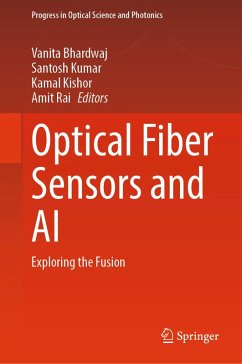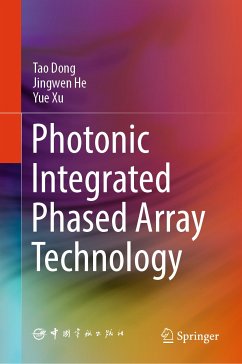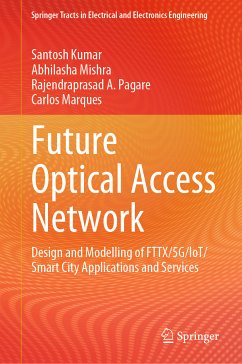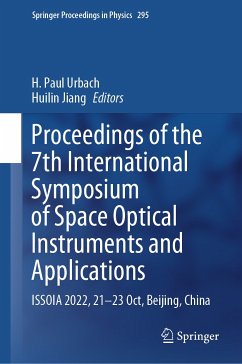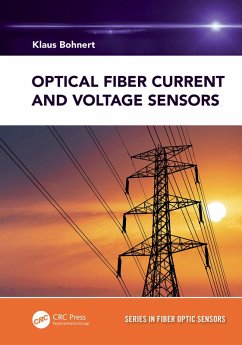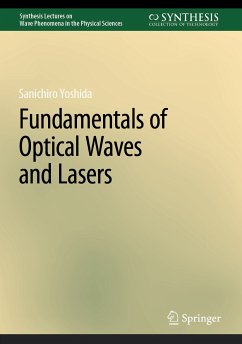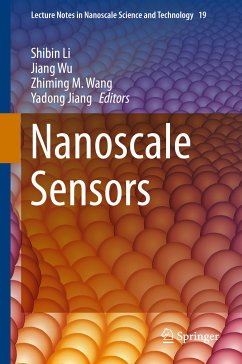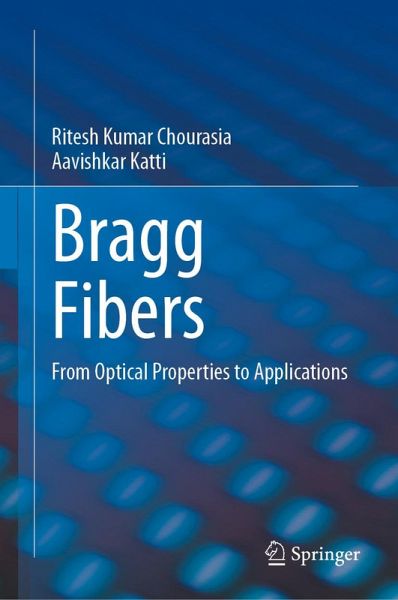
Bragg Fibers (eBook, PDF)
From Optical Properties to Applications
Versandkostenfrei!
Sofort per Download lieferbar
120,95 €
inkl. MwSt.
Weitere Ausgaben:

PAYBACK Punkte
60 °P sammeln!
This book highlights the guiding mechanisms as well as the most current and important results in the field of innovative, bio-inspired Bragg fibers. While conventional optical fibers (COF) have several advantages over traditional waveguides, they also suffer from a number of disadvantages which are not present in Bragg fibers due to their minimal nonlinearities, lack of polarization or birefringence effect, lack of Fresnel reflections at the open fiber end, and absence of material or cladding losses. A natural platform for biological and chemical sensing, and with potential to boost communicat...
This book highlights the guiding mechanisms as well as the most current and important results in the field of innovative, bio-inspired Bragg fibers. While conventional optical fibers (COF) have several advantages over traditional waveguides, they also suffer from a number of disadvantages which are not present in Bragg fibers due to their minimal nonlinearities, lack of polarization or birefringence effect, lack of Fresnel reflections at the open fiber end, and absence of material or cladding losses. A natural platform for biological and chemical sensing, and with potential to boost communication systems' speed and bandwidth, the primary goal of this book is to apprise readers in academia and industry of properties of EM wave propagation in Bragg fibers with a defect layer. Their major applications in bio/chemical sensing, fuel adulteration sensing, high-temperature sensing, optical dual-channel inline filtering, optical de-multiplexers, optical couplers, and nonlinear soliton generation are presented in detail, along with comparisons of Bragg fibers with alternative structures and their relative pros and cons.
Dieser Download kann aus rechtlichen Gründen nur mit Rechnungsadresse in A, B, BG, CY, CZ, D, DK, EW, E, FIN, F, GR, HR, H, IRL, I, LT, L, LR, M, NL, PL, P, R, S, SLO, SK ausgeliefert werden.




